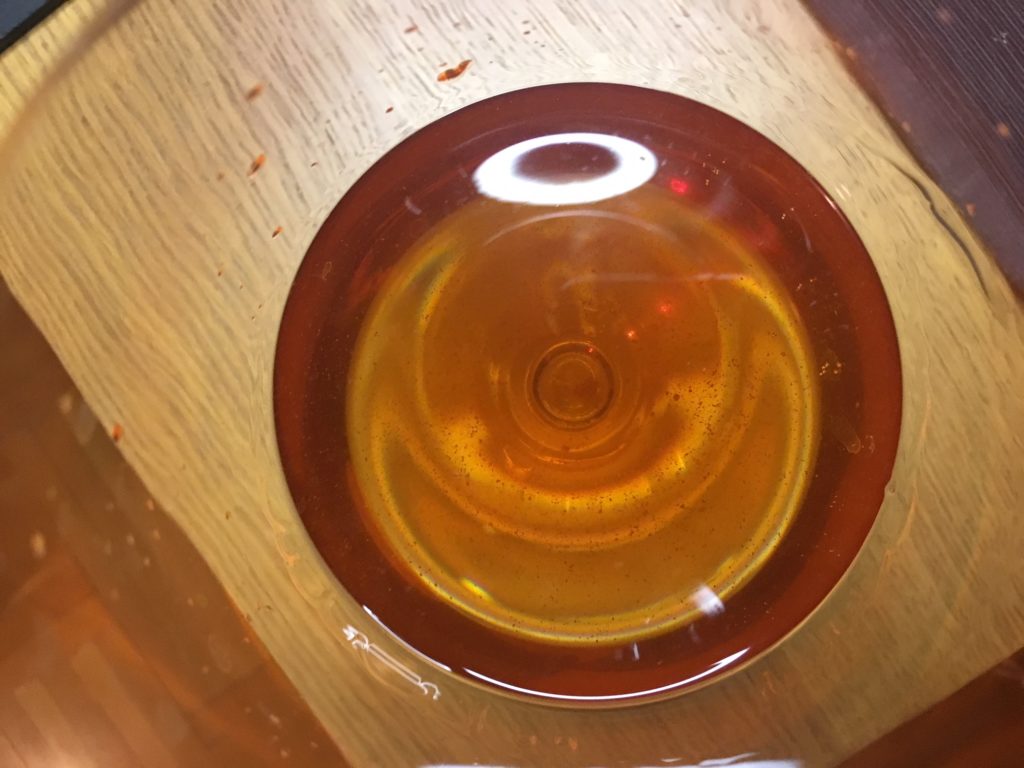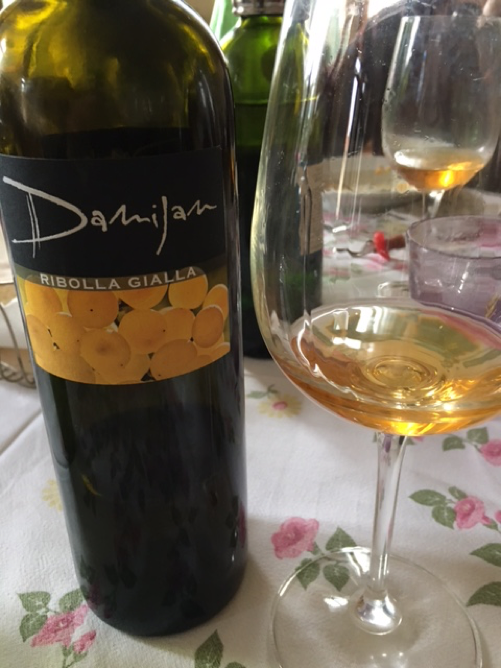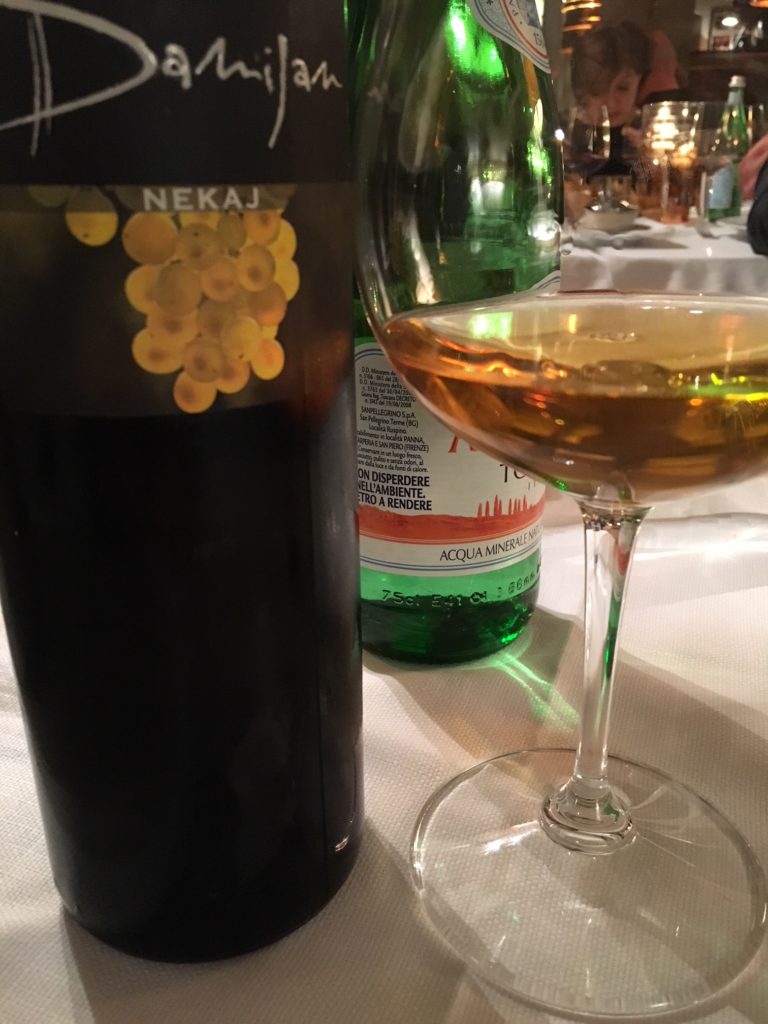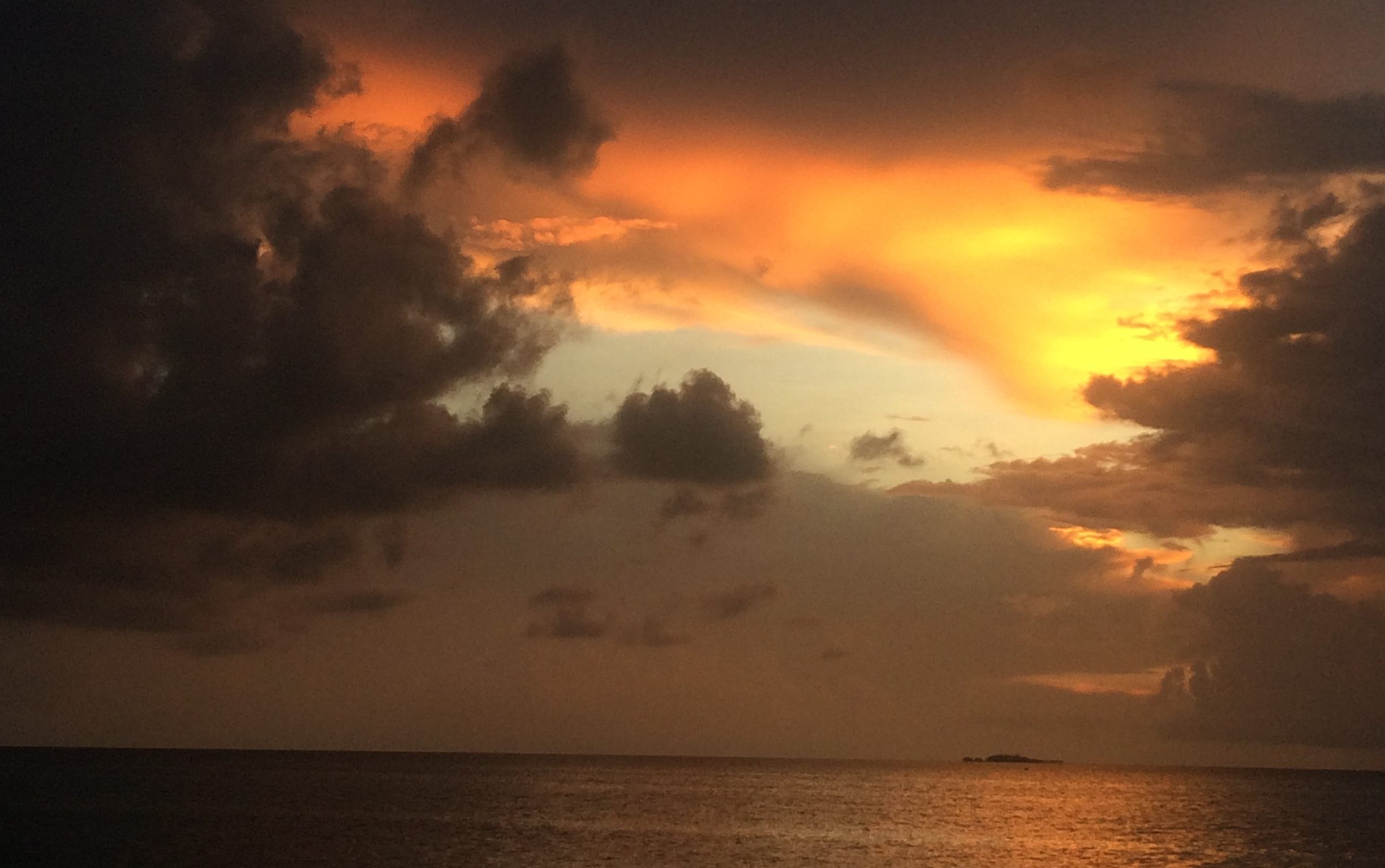ENGLISH VERSION AND PHOTOS BELOW!
Vengono internazionalmente identificati come “Orange wines”, ma possiamo chiamarli più appropriatamente “vini macerati”. Cosa sono? Il termine viene usato per i vini bianchi i cui grappoli vengono lasciati in contatto con le bucce per giorni, settimane o anche mesi.
Il risultato non è solo nel colore particolarissimo, ma anche si riflette con profumi intensi al naso ed in bocca si percepisce anche la componente tannica, solitamente esclusa nei bianchi tradizionali.
La tipologia del vitigno scelta è importante, in quanto alcune varietà reagiscono meglio alla macerazione rispetto ad altre e danno risultati migliori di altre. Ad esempio, la ribolla gialla, una varietà non molto aromatica autoctona del Friuli, si presta particolarmente alla macerazione. Di primo acchito potresti giudicare nel colore del vino importanti segni di ossidazione, non è esatto! Il colore è originato appunto dalle bucce e si è aggiunto come nuovo elemento rispetto ai colori presenti fino ad oggi nel mondo del vino.
Vini non filtrati, regime biologico o biodinamico e vendemmia manuale sono alcuni dei tratti distintivi che normalmente caratterizzano questi vini. La vinificazione torna indietro nei secoli, essendo metodi ancestrali che richiedono una macerazione sulle bucce per alcuni giorni o addirittura mesi per qualche produttore. Il vino può affinarsi in botti o anfore e viene imbottigliato senza filtrazioni, insomma è un essere vivo e sempre in evoluzione.
Possiamo chiamarlo “new style”, ma in Friuli e nella confinante Slovenia la macerazione è una procedura vecchia come sono le colline del Collio. I vini bianchi macerati acquisiscono una grande longevità anche dovuta alle sostanze trasmesse dalle bucce, inclusi i tannini che fungono da ottimi conservanti. Questo metodo fu dimenticato per anni, poi negli anni ’90 Stanko Radikon e Josko Gravner tornarono al metodo antico, utilizzando lieviti selvaggi, bassi livelli di solfiti e minimo intervento nella vinificazione.
Josko Gravner trovò l’ispirazione dai colleghi georgiani, soliti ad usare anfore in terracotta sotterrate per la vinificazione e questo metodo l’ha contraddistinto negli anni, diventando il suo “marchio di fabbrica”. I più famosi produttori di “orange wines” friulani e sloveni sono, oltre ai 2 già citati: Zidarich, Dario Princic, Movia, Ronco Severo, Primosic, Paraschos, Rencêl, Vodopivec, Damijan Podversic. Parleremo un po’ di quest’ultimo.
Siamo nel Collio goriziano, molto vicini al confine con la Slovenia. Damijan Podversic produce soprattutto vini macerati, con un colore dorato ed aromi molto intensi. Troviamo tutti i profumi della frutta matura, candita e disidratata, oltre ai fiori gialli, spezie, resina, miele, agrumi, erbe aromatiche…Profumi intensi e complessi. Non sentirai profumi fragranti o erbacei in quanto l’uva viene colta matura ed a volte attaccata da muffa nobile.
I vini sono fermentati in botti di quercia e stanno a contatto con le bucce per 2/3 mesi; il risultato è un vino brillante dorato, strutturato, ricco in mineralità ed assolutamente longevo.
Tutta la sua attività è svolta con passione seguendo i ritmi della natura e le fasi della luna. Passeggiare tra i suoi vigneti, seguendo la natura ed i suoi tempi ed assaggiando la buccia ed i vinaccioli, fa capire quando è il momento migliore per la vendemmia. Per i vini bianchi, vengono utilizzati 5 vitigni: chardonnay, ribolla gialla, malvasia, friulano (chiamato Nekaj) e pinot grigio. Lo chardonnay, in compagnia di friulano e ribolla, crea il suo vino chiamato Kaplija (un elegante ed aromatico blend). Produce inoltre un vino chiamato Prelit, un blend di merlot e cabernet sauvignon che rappresenta l’unico vino rosso da lui prodotto. Oggi degustiamo 2 suoi vini molto famosi:
RIBOLLA GIALLA 2010: macerazione sulle bucce per 60/90 giorni, invecchiato in botti per 23 mesi e poi in bottiglia per 6 mesi. Il colore è brillante dorato, quasi ambrato. Al naso miele, sbuffi di resina, melone giallo, frutta candita e spezie. Gusto minerale, acidità rinfrescante, lungo e potente finale.
NEKAJ FRIULANO 2010: Il colore vira più all’ambrato. Al naso leggermente terroso, ruggine, resina, frutta candita. Indimenticabile finale amarognolo tipico del friulano. Lunghissimo finale.
Giusto 2 parole sull’abbinamento con il cibo… Questi vini offrono un’ampia gamma di combinazioni anche al posto dei vini rossi. Puoi berli con pesci grassi, cucina asiatica e speziata, carne anche ben saporita. Si sposa bene con piatti a base di tartufo e porcini, formaggi stagionati o erborinati. Ma potresti anche provarli con ricette tradizionali come la trippa, anguilla, cappone arrosto o coda alla vaccinara. Oppure, perché no, in solitaria.
Enjoy!
ENGLISH VERSION
ORANGE WINES, MACERATED WINES FROM FRULI VENEZIA GIULIA
In English we call them Orange wines, here we call them macerated wines.
But what is an orange wine?
The term is used for white wines where the grapes are left in contact with their skins for days, weeks or even months.
The result is not only in colour but it is also more intense on the nose, on the palate , with significant tannins.
Grape variety are important for the maceration, some varieties react better to skin maceration than others.
For example Ribolla Gialla, not very aromatic white variety has more to give in the skin contact. You can think the colour may be a signal of oxidation, no it’s not true! The colour comes from the skins.
It is the new colour on the wine spectrum. White wine made as if it was a red.

Unfiltered wines, organic or biodynamic cultivation, no use of chemicals and harvest by hand.
In winemaking we go back overtime (old style of making wine), maceration on the skins from 15-20 days till some months for some winemakers.
The wine can be aged in barrels or amphora and bottled without filtration.
You can call new style but in Friuli and neighbour Slovenia, maceration of white grapes is as old as the Collio hills.
Macerated white wines generally have increased longevity due to the antioxidants in the tannins which act as preservative.
This method was forgotten for years, then in ’90s Stanko Radikon and Josko Gravner, two producers from the village of Oslavia came back to old method, wild yeast, no temperature control, usually minimum intervention an low sulphur.
Josko Gravner sought inspiration from Georgian winemakers (making wines in clay amphorae buried in the ground).
The more extreme Orange winemaker are Radikon, Gravner, Dario Princic.
Other worthy producers from Collio, Slovenia and Carso are Damijan Podversic, Zidarich, Rencêl, Paraschos, Skerk, Simčič, Movia, Ronco Severo, Vodopivec.
Today we will talk about one great producer: Damijan Podversic.
Location: we are in Friuli Collio Goriziano Hills, North East Italy near the Slovenian border.
Damijan Podversic produces white wines, that have golden colour an intense aromas. We find all the perfumes from fruit, stone fruit, yellow flowers, spices, resin, honey, citrus fruit, aromatic fresh herbs, and all the fruit type such as ripe fruit, candied fruit, cooked and dehydrated fruit, intense aromas and complex flavours. You do not find herbaceous aromas because the grapes are always harvest ripe. Sometimes you can find some hints of botrytis cinerea (noble rot).
Golden, full-bodied, fruity, rich in minerality, a wine that can last long time.
The wines are fermented in oak vats and stay on their skins for 2-3 months.
Damijan’s methods are simple and traditional.
In his website you can read: the earth is not yours, you rent it from your children.
All the activities are carried out with passion following the rhythm of nature, the phases of the moon. Walking among vineyards, following nature and its times; taste the skin and the grapeseed, than choose the right time to harvest (sometimes the grapes are attacked by botrytis cinerea, noble rot).
His inspiration came from Josko Gravner, his mentor.
Damijan is one of a group of winemakers in the Collio who adopted this method for the entire production.
Among his white wines he produces 5 variety of grape: Chardonnay, Ribolla Gialla, Malvasia, Friulano (called Nekaj), Pinot Gris.
Chardonnay with Ribolla and Friulano makes a wine called Kaplija (an elegant and aromatic blend).
He produces also a wine called Prelit, a blend of Merlot and Cabernet Sauvignon (the only red wine).
He suggests to drink his wines at 15 degrees.
We tasted:
RIBOLLA GIALLA 2010

Maceration on the skins for 60-90 days, aged in barrels for 23 months and then in bottle for 6 months
The colour is brilliant Golden Yellow/Amber
On the nose honey, hints of resin, yellow melon, candied fruit, spices.
Mineral tanning and refreshing acidity
Long and powerful finish
NEKAJ 2010 (FRIULANO)

The colour is a brilliant Amber
On the nose slightly earthy, some rust, resin , candied fruit
Unmistakable bitter note of Friulano Grape
Very long finish
Just few words about food pairing:
These wines offer a great range of combinations also in place of red wines.
You can drink them with fat fish, Asian and spicy cousin, meat, game.
It goes well with truffles and porcini mushrooms dishes, aged cheese and flowery crusted cheese.
But you can also try with traditional recipes such as trippa (tripe), eel, stuffed capon, coda alla vaccinara (typical dish from Lazio region).
And, why not, “alone”…
So enjoy it

